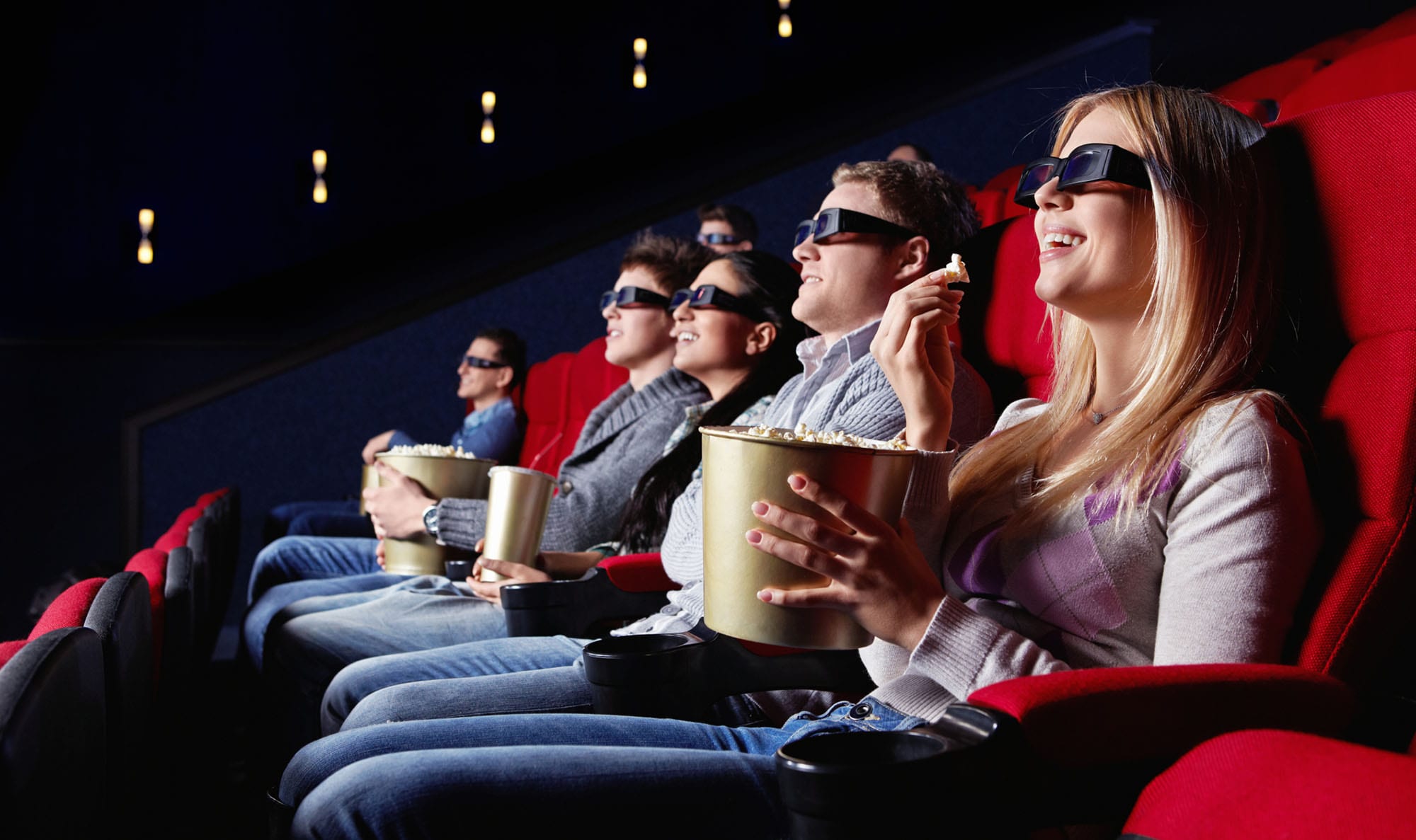
How Multiplex cinema chains are ignoring the rise of streaming
Do you remember when going to the cinema was the highlight of the weekend? The smell of the popcorn, the anticipation as the trailers rolled, the potential makeout session at the back? For many years, the movie theater was the only place to catch the newest releases, and as such Hollywood’s studios would make significant bank from domestic ticket sales.
However, all this has changed thanks to streaming services like Netflix, Amazon Prime Video, and Hulu. Instead of the weekly trip to the theater or DVD rental, bingewatching is now the order of the day due to an abundance of content for bargain subscription fees. After all, who wants to spend $30 on tickets and an XXS box of stale popcorn when one can Netflix ‘n’ chill with endless cheap microwave corn in the comfort of one’s home for 0.00001% of the price?

The effect this situation is having on multiplex cinemas is clear – this year, the National Association of Theatre Owners revealed statistics showing the average price of a movie ticket in the U.S. rose to a record high of $9 in 2017, an increase of nearly 4 percent.
Meanwhile, the total domestic box office in North America dropped by over 2.5 percent to $11 billion. It appears the boost in ticket prices didn’t help much with the decline caused by a drop in overall admissions, down 6 percent to $1.25 billion. In other words, the prices of tickets are up, while sales figures are down.
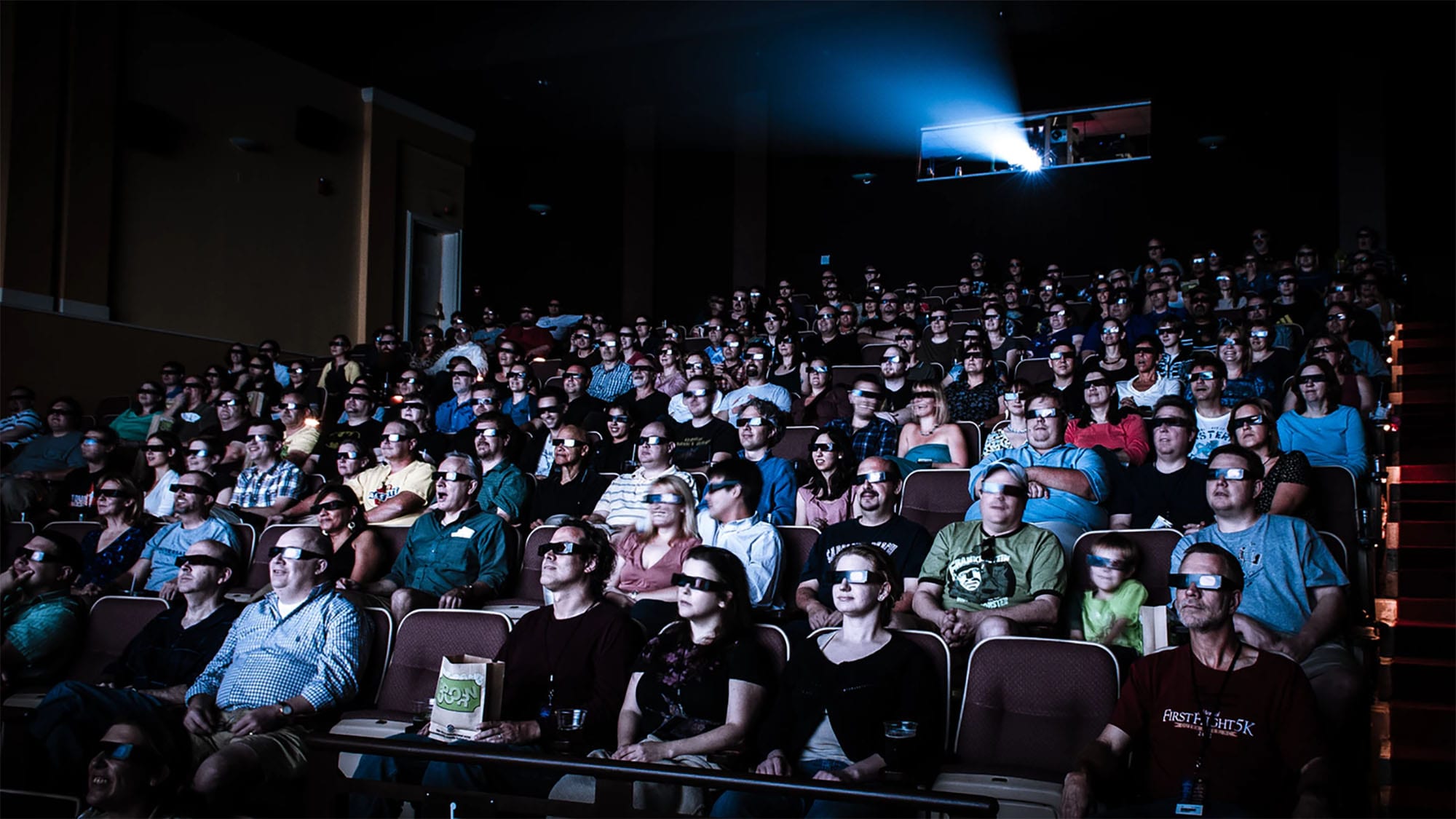
Over to the streaming sites and the picture looks notably different. Netflix alone hit a record 118 million subscribers this year with an addition of 1.9 million domestic and 6.4 million international streaming subscribers. Meanwhile, Hulu has over 17 million, and Amazon reported, “More new paid members joined Prime in 2017 than any previous year – both worldwide and in the U.S.”
“As film attendance dips and Netflix, Hulu, and Amazon dominate the zeitgeist, exhibitors and entrepreneurs are going with a try-anything approach to entice audiences,” announced The Hollywood Reporter. While the decline has spooked many, movie theaters are coming up with all kinds of gimmicks to fill seats, from technology to the “luxury” experience, to ticket subscription services.
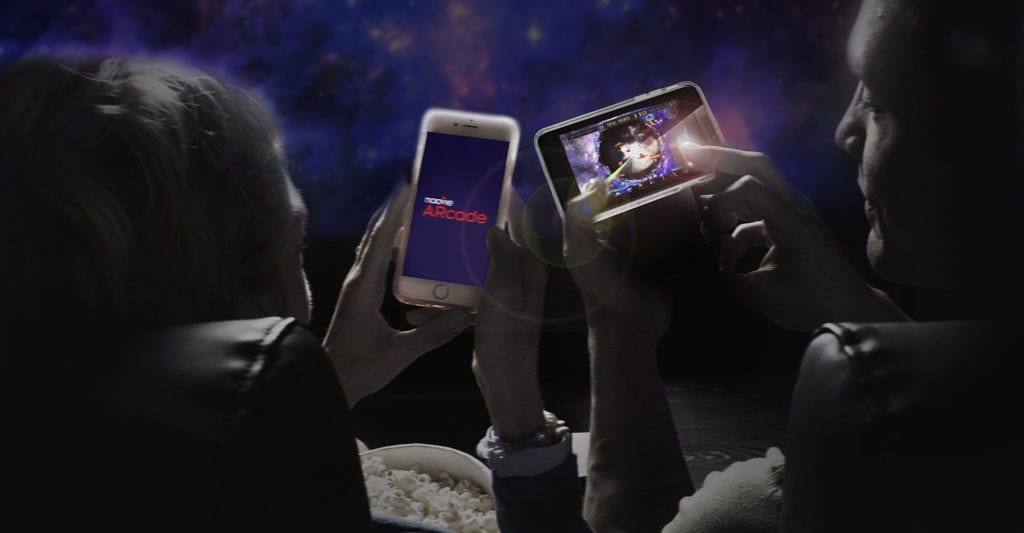
Gimmick #1: Gaming & technology
Yes, the first gimmick in the quest to stave off extinction is the use of gaming & technology. The key example of this is National CineMedia’s ARcade platform (the AR stands for augmented reality, duh) that includes games theatergoers can play before showtime. This Spring, CineMedia is hoping to launch the service across 1,700 theaters and has already begun with the launch of one of its games, Cinevaders.
Ahead of three VIP screenings of Black Panther in New York, Chicago, and Los Angeles, around 500 media insiders were given the opportunity to play Cinevaders on their smartphones, shooting down space aliens and racking up points along the way. Cool little initiative, but is it enough to save the ever declining ticket sales?

Gimmick #2: The “luxury” experience
Before, movie theaters consisted of a bigass screen, popcorn, and subpar seats. Large chains are now attacking the problem of dwindling customers by making the movie theater experience more like an amusement park ride or a trip to a fancy restaurant. It’s not unusual now for theaters to offer better food options, alcohol, luxury seating, and better sight & sound systems to bump up the value of the ticket prices.
“Sometimes overlooked is that about 900 digitally equipped theaters in the U.S. (and more on the way) offer big-screen entertainment options beyond the latest film titles from Hollywood,” added The Hollywood Reporter.
For example, Fathom Events, owned by AMC Entertainment, Cinemark, and Regal Entertainment, charges up to $40 a ticket for screenings of live music, operas, ballets, boxing matches, and more, the revenue from which is split ($74 million last year, apparently) with theater owners.
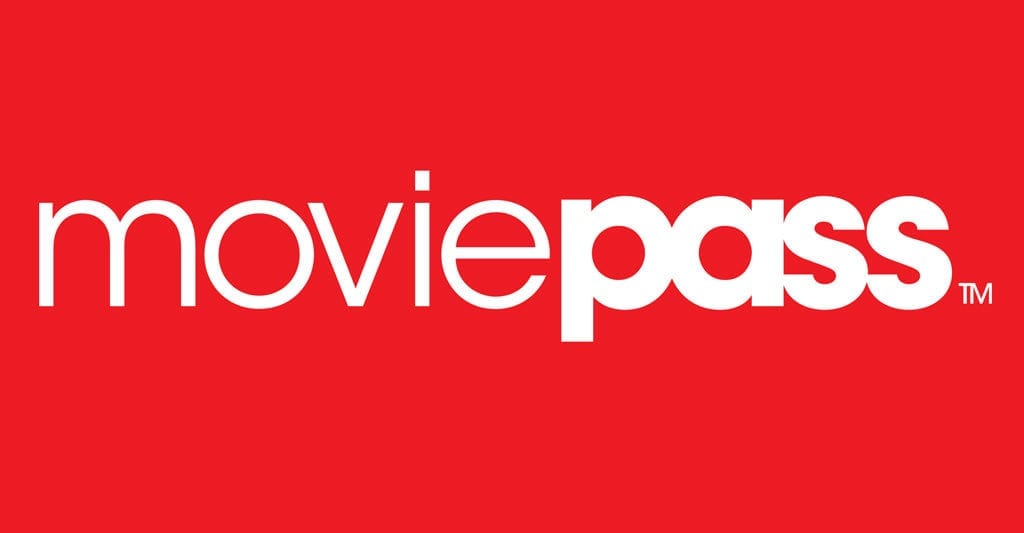
Gimmick #3: Subscriptions and web services
One of the more effective new tools to help out theaters is the subscription-based movie ticketing service MoviePass, which recently reached 1.5 million subscribers after lowering its price to under $10 per month. MoviePass’s sudden success has actually been criticized by theater chains such as AMC Theaters: “[It’s] unsustainable and only sets up consumers for ultimate disappointment down the road if or when the product can no longer be fulfilled.”
However, it would be in theater owners’ best interests to work in partnership with MoviePass. The company’s CEO Mitch Lowe said it is already buying about 5.7 percent of all tickets sold per week, up from 3.5 percent in December – meaning by the end of the year MoviePass could account for as much as 10 percent of sales.
The initiative has proved popular with millennials – just the customers theaters are losing numbers on – suggesting teaming up with (rather than fighting against) the subscription service could be the kiss of life they’re so desperately after.
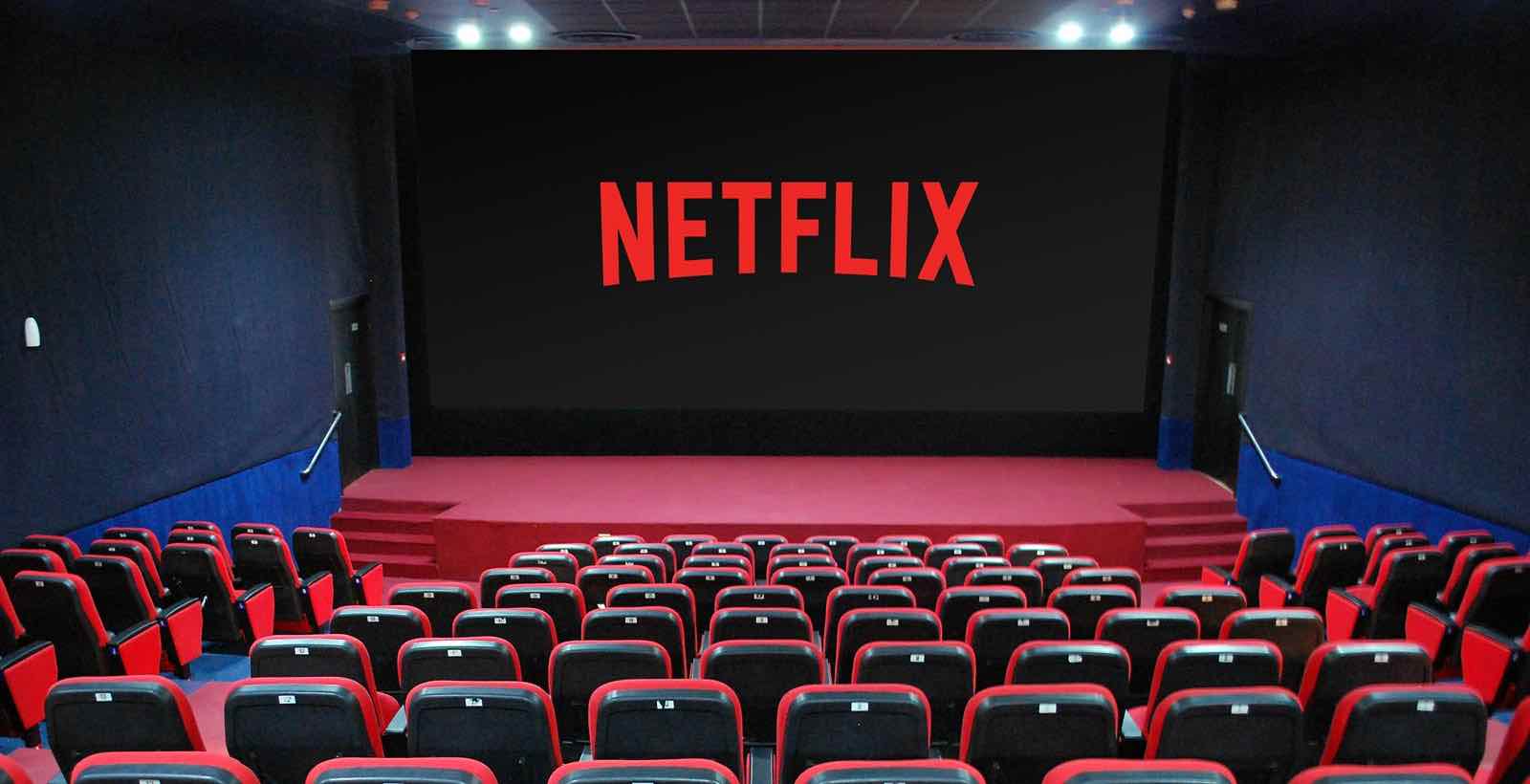
Futile gestures?
Chief investment officer of 8th & Jackson Capital Management suggested, “Streaming is not a threat to exhibition; inertia is the threat. Over time, more people will default to entertainment options that are easy, convenient and cheap. To combat inertia, entertainment experiences must be spectacular.”
For want of a better phrase, no shit, Sherlock! Not only are millions of people turning to streaming sites as their regular movie source, but production studios are increasingly choosing to sidestep the movie theaters altogether to go straight to stream – for example Bright, Annihilation, The Cloverfield Paradox, and Martin Scorsese’s upcoming flick The Irishman.

To keep up with the continuous decline, entertainment experiences are going to need to be more than spectacular – they’ll have to be out of this world. While MoviePass might help in the short term, it seems initiatives like the ARcade might be futile gestures.
All in all, there’s no clear path to save the multiplex organizations. We predict the cinema experience will be the film-industry equivalent to the novelty of listening to vinyl, saved for those moments when audiences wish to take a trip down memory lane. You know, for old times’ sake.



